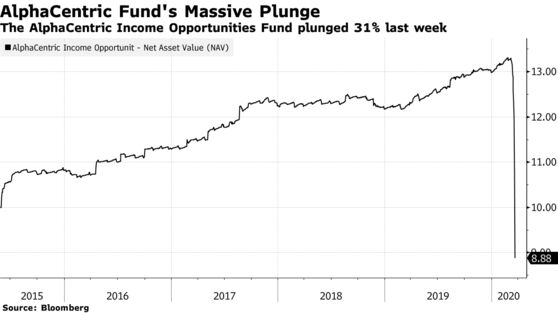As of market close March 20th, according to the metrics of Old_Skeet's stock market barometer, the S&P
500 Index remains extremely oversold with a reading of 180+. This is on the high side of the barometer's scale. A higher barometer reading indicates there is more investment value in the Index over a lower reading. This past week, the weekly short volume average declined, a little, from 64% to
59% of the total volume for SPY. However, the VIX (which is a measure of volatility) went from a reading of
53 to 62. The stock Index's valuation lost ground during week moving from a reading of 2711 to 230
5 for a decline of 1
5% and a decline of 32% off it's
52 week high. From a yield perspective, I'm finding that the US10YrT is now listed at 0.92% while at the beginning of the year it was listed at 1.92%. With the recent stock market swoon the S&P
500 Index is currently listed with a dividend yield of 2.
53% while at the beginning of the year it was listed at 1.82%. As you can see there is a good yield advantage for the stock Index over the US Ten Year Treasury at this time. With this yield advantage, I'm favoring my equity income funds over my fixed income funds due to this yield spread and I feel equities have some good longterm upside potential more so than my fixed income funds. I also feel that the stock market is oversold and bonds are overbought but some bonds are now starting to become more attractive due to their selloff this past week. According to my advisor, and what they are seeing, the good stuff is getting sold to cover margin calls as those margined are short of cash. I would have thought most margin folks would have been gone by now.
I thought I'd include with this weeks blurb a link to Morningstar's Market Fair Value Graph. It reflects that stocks in general are at about a 28% discount.
https://www.morningstar.com/market-fair-valueFor the week, I was a buyer of equities at the 29% decline mark with also having bought earlier at the 8%, 13%, 19% & 27% decline marks. I most likely will continue to buy equities, at a slower pace though, as long as they remain in bear market territory; and, there is a fit for them within my asset allocation. However, my advisor/broker thinks I should limit my next two equity buys to the decline marks of 36% & 44% (if reached). In doing this would put my average equity buys at the 2
5% decline mark. For equities I'm still with buying in my equity income funds (IDIVX & INUTX) and in growth area in (KAUAX). In addition, the feeling is I should buy some on the income side of my portfolio since income has taken a beating of late. With this, I'm looking at real estate (FRINX) and muni's (FLAAX). In addition, I'm thinking of buying some more of CTFAX as it recently went from an equity allocation of 1
5% to 60% this past week. This asset move in of itself (by CTFAX) increased my overall equity exposure by better than 1% and reduced my income exposure by a like amount. My three best performing funds were PCOXX & TTOXX +0.01% ... IDIVX -0.99% ... and TSIAX -
5.3
5%.
With equities taking the beating that they have in this downdraft (and to play the eventual rebound) I am temporairly moving to a 1
5% cash, 40% income and 4
5% equity allocation. This will be done in steps, of course, and based upon stock market movement.
In compairing myself against a
50/
50 portfolio split between SPY (down -32.
5%) & AGG (down
-7.7
5%) puts the model portfolio off it's
52 week high by about 20% which is in line with some of my asset allocation funds and where I bubble as well. However, the
50/
50 model has a yield of 2.2
5% while I'm at a yield of 3.7
5%. Now being retired, I'm invested more towards income generation more so than capital appreciation although that is important, to me, to offset inflation.
My late father's asset allocation was 2
5% cash, 2
5% bonds, 2
5% stocks and 2
5% real estate. He felt that they would cycle at different times and while one might be falling another would most likely would be rising. But, that was way back then when you could make something off your cash. This asset allocation model would be off its
52 week high by about 16.6% with bonds and cash acting as stabelizers.
Thanks for stopping by and reading.
Take care ... and, I wish all ... "Good Investing."
Old_Skeet
